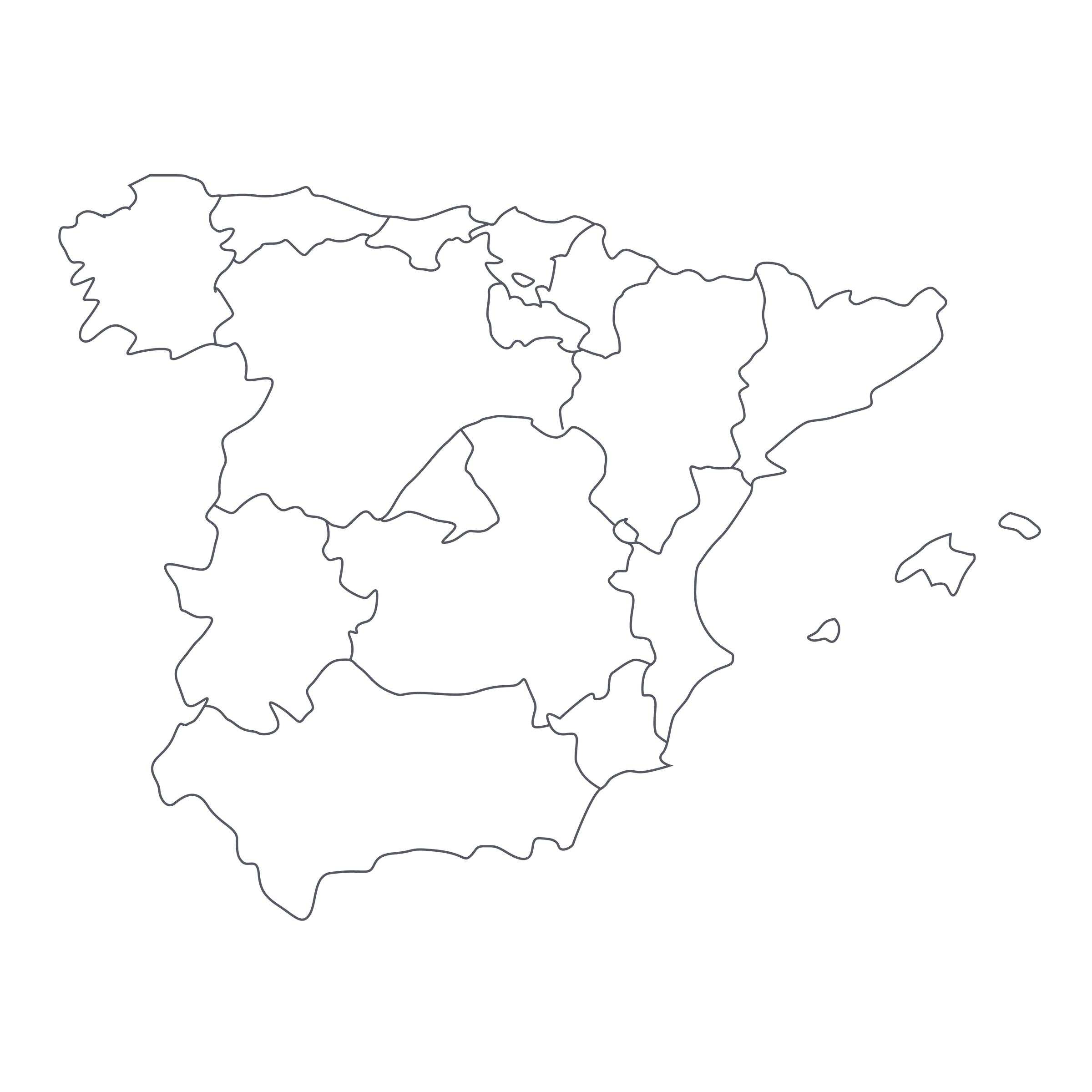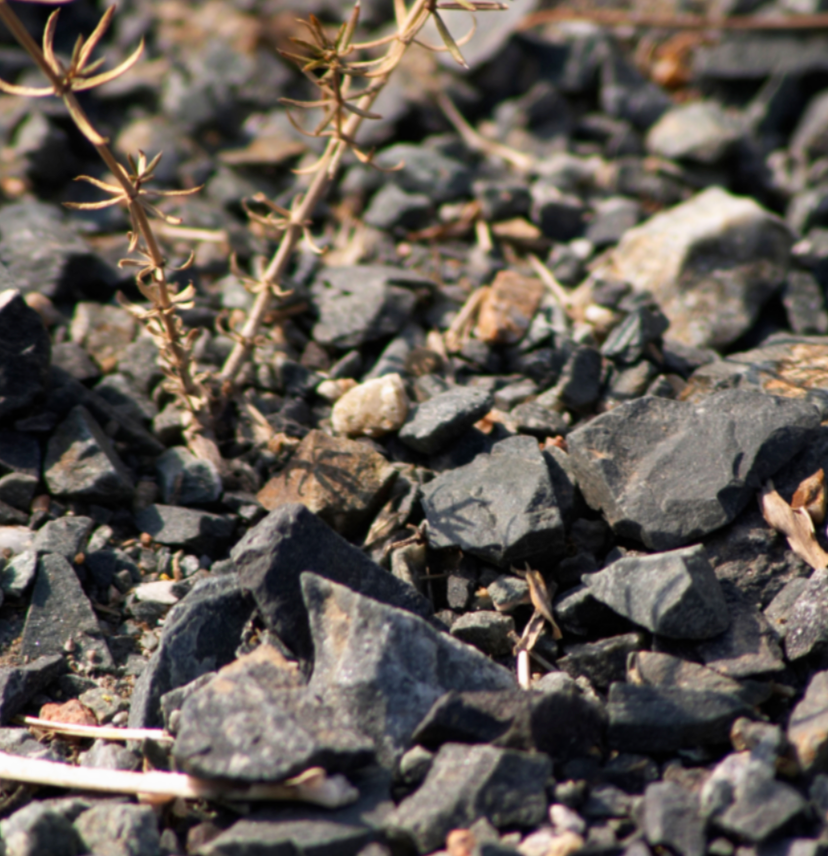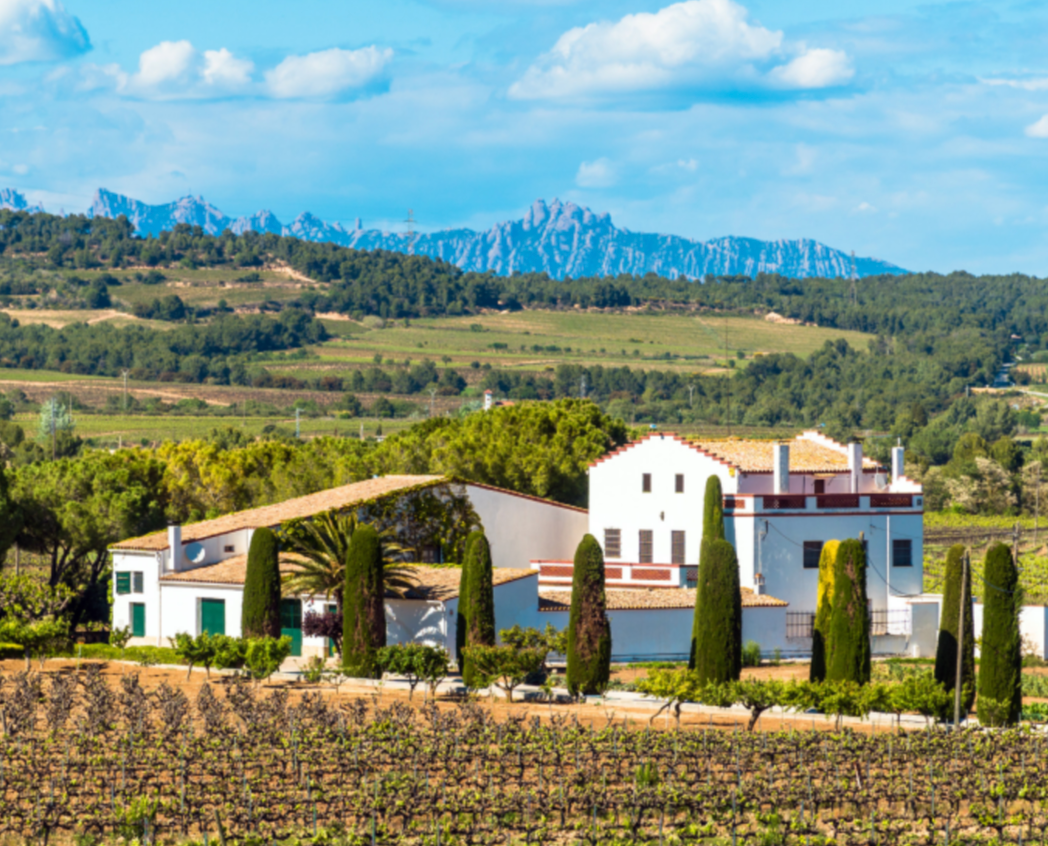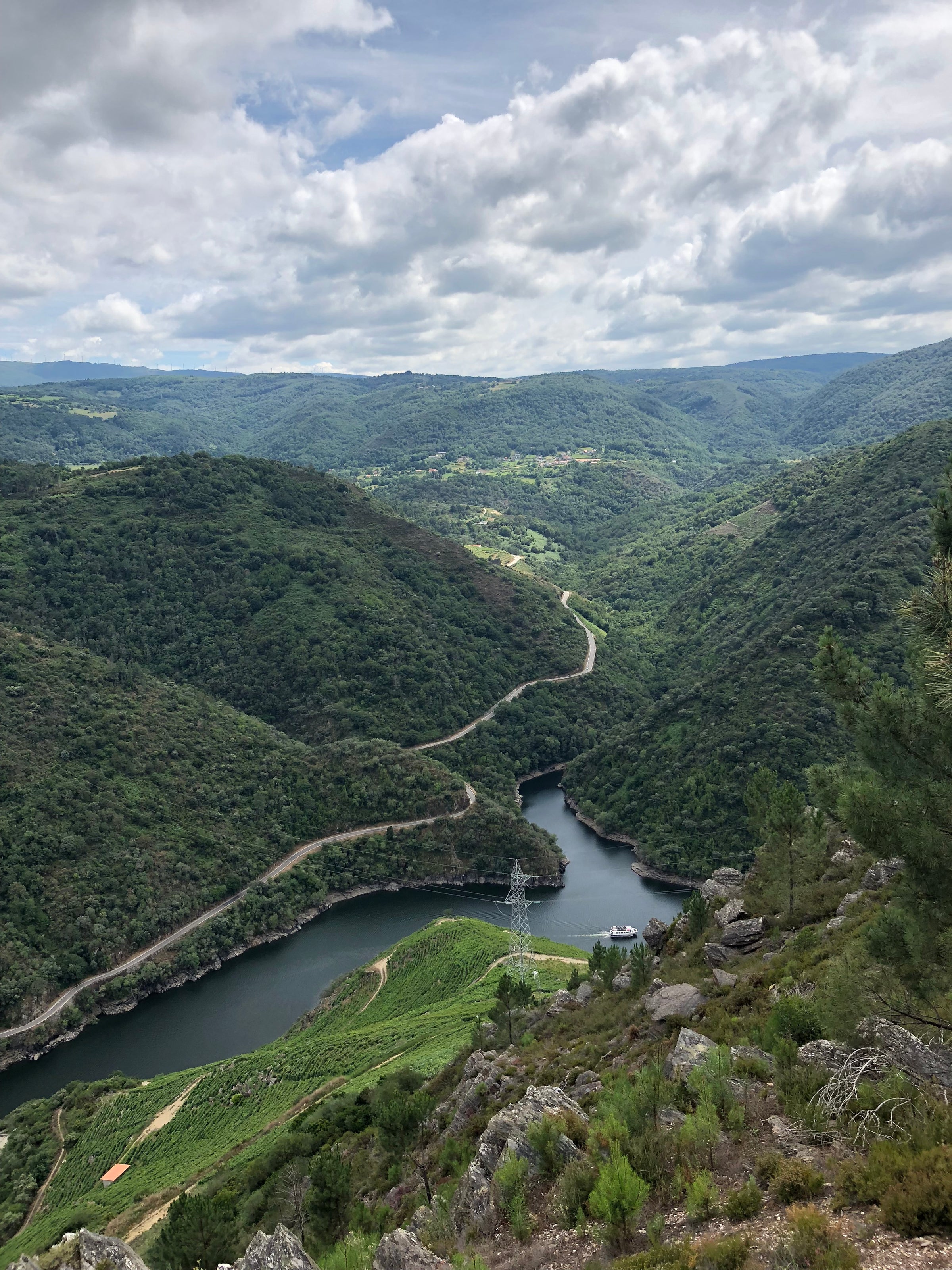Like any sommelier, I live for wines like today’s obscure, brilliant red from Southwest Spain. Not many of us can say we’ve tasted lots of Tintillas from the Jerez area—even those who’ve visited Jerez and its famous Sherry bodegas—so instead we end up “polling” our taste memories in search of suitable comparisons.
For context, Alberto Orte’s “Atlántida” is reminds me of everything from Northern Rhône Syrah to Bierzo Mencía to some full-throated Austrian reds, but it’s the singularity of the wine—its ability to defy easy description—that really puts it over the top for me. It’s not “obscurity for obscurity’s sake” driving our desire to offer this wine: it’s the combination of obscurity and undeniable quality. You have to have that second part or it’s a no-go for me, and let’s just say that this 2017 is a revelation in every way. It’s profound, it’s deeply mineral, it’s beguilingly aromatic, it’s tangy, it’s full of energy...I could (and will) go on. It came out of nowhere and blew us all away, so for all you wine adventurers out there—this should be next on the “must try” list!
Reds from the area around Jerez, Spain’s most southerly wine region, were frankly the sort of thing I’d read about but didn’t think I’d ever come across here in the US. After all, Jerez is the birthplace of Sherry, made in myriad styles but almost entirely from the white Palomino grape. But it turns out that Jerez used to be planted to more than 80 different varieties, white and red. After phylloxera wiped out most of them, virtually every vineyard was replanted to the highly productive Palomino. Despite pressure from the Sherry industry, a few plantings of red varieties survived, and we’re incredibly thankful they did. Tintilla, genetically identical to Rioja’s Graciano, provides a thrilling look into Jerez’s famous albariza chalk soils. You might think of Tintilla as Palomino’s mirror image: red instead of white, brightly acidic instead of soft, but with the same sense of seaswept, salty minerality that makes Sherry one of the world’s most prized beverages.
Tintilla is in good hands with Alberto Orte. He’s a veritable force of nature in the Spanish wine scene. He’s an importer responsible for bringing some of Spain and Portugal’s most cutting-edge producers to America. He’s a renowned producer of Rioja. But he’s also a vinous anthropologist, responsible for re-establishing dozens of Spanish varieties long thought extinct in little-known places like Valdeorras and Yecla. In the vineyard and cellar, he is remarkably humble and confident, letting the characteristics of whatever wine he’s producing that day ring out loud and clear. The “Atántida” Tintilla is a lesson in patience. Fermented spontaneously for a month with 90% whole clusters, it’s then aged in large French oak for a year, then moved to smaller French oak for 16 months, then bottled and aged one year further. The result is a wine that just screams out the gate, perfumed and juicy and raring to go.
The 2017 “Atlántida” pours a deep purple with flecks of magenta. The nose is like a hypothetical halfway point between Mencía and Syrah: fresh, ripe blackberries, blueberries, tart red plums, candied violets, crushed black pepper, woodsmoke, and an iron-like, sanguine minerality. The palate is medium-full, tending towards sweeter red and purple fruits like boysenberry and red cherry, the violet notes carrying through. What really thrills here, though, is the earthiness and verve. While the almost lush fruit belies its warm climate origins, there’s a firm jolt of acidity that keeps it wonderfully refreshing, and the salty minerality I so closely associate with Jerez whites saturates the finish. Poured into Bordeaux stems at 60 degrees, the combination of ripeness and freshness would cut through this sherry-braised ox tail beautifully. Here’s to hoping we see more Tintilla in the future!










